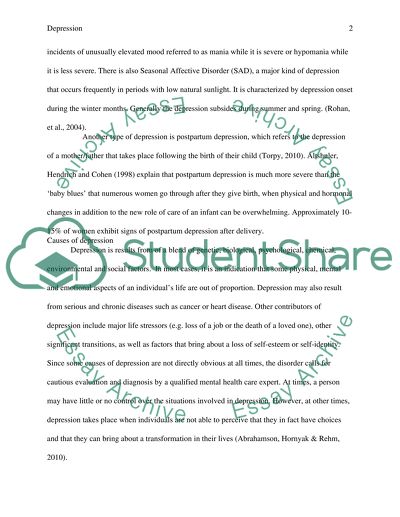Cite this document
(“Depression Research Paper Example | Topics and Well Written Essays - 1000 words - 1”, n.d.)
Retrieved from https://studentshare.org/health-sciences-medicine/1395281-depression
Retrieved from https://studentshare.org/health-sciences-medicine/1395281-depression
(Depression Research Paper Example | Topics and Well Written Essays - 1000 Words - 1)
https://studentshare.org/health-sciences-medicine/1395281-depression.
https://studentshare.org/health-sciences-medicine/1395281-depression.
“Depression Research Paper Example | Topics and Well Written Essays - 1000 Words - 1”, n.d. https://studentshare.org/health-sciences-medicine/1395281-depression.


